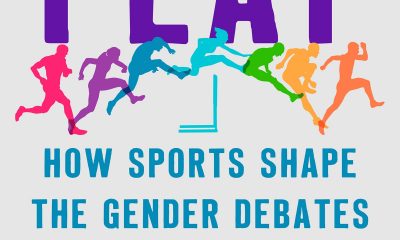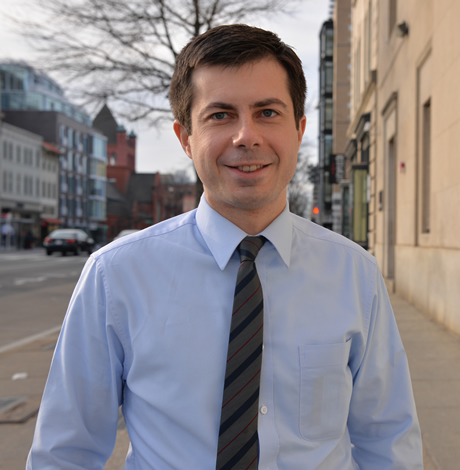Books
SPRING ARTS 2016: books
Toasting the women we love, fighting teen bullies and more in spring books


Toasting the women we love, fighting teen bullies and more in spring books.
Since you can’t know where you’re going unless you know where you’ve been, “Stand by Me: The Forgotten History of Gay Liberation by Jim Downs (Basic Books, March 1) is a great look back at the efforts, activism, and advocacy for gay rights. Davis dug deep to find stories that aren’t usually told — tales of religion within the gay community and its efforts, how African Americans have figured in LGBT history, where violence has occurred and the behind-the-scenes politics of equality.
Gender identity has also been in the news a lot lately, and in “A Murder Over a Girl” by Ken Corbett (Henry Holt, March 1), you’ll read about 15-year-old Larry King, who’d recently begun identifying as Leticia, and her murder at the hands of a 14-year-old classmate at a junior high school in California. Corbett was at the ensuing trial and had access to interviews and records, making this book a true crime fan’s must read. You may also want to share this book with parents you know.
Spring may have you thinking thoughts of love, and “The Golden Condom” by Jeanne Safer, PhD (Picador, April 5) can help your thoughts wander. This book is about love lost and found, saved and destroyed, but not just love of the romantic kind. Safer, who is a psychotherapist, also looks at friendships, sibling rivalry and amour from afar.
If you’re a man, why would you want to perform in women’s clothing? In “Why Drag?” by Magnus Hastings, introduction by Boy George (Chronicle Books, May 17), you’ll get an idea of the fun and the frustration, including pictures and thoughts from drag queens of TV and stage. Some are sassy, some are philosophical, all lead up to individually fascinating answers to “why?”
If sports are your thing, then “Fair Play” by Cyd Zeigler (Akashic Books, June 7) should be on your roster. Zeigler, an authority on sports and the LGBT community, looks at LGBT athletes, the issues they face, and the myths they have the power to dispel. You’ll read about three in-the-news gay athletes, and how gay and lesbian sports participants will one day change the current level of acceptance of LGBTQ players in the game.
Other releases of note include:
• Each of us was created for something great — we just need to figure out what it is and find the courage to do it. Gay-affirming pastor/author Rob Bells shows you how in “How to Be Here: a Guide to Creating a Life Worth Living.” It’s $14.99 and releases March 8.
• “The Spartacus International Gay Guide 2016” is an annual must-read if want to find gay hot spots abroad each year. This year’s edition ($24.99) is out March 15. Similarly, the “Damron’s Men’s Travel Guide’s” 51st edition is $22.95 and releases April 15.
• “Visions and Revisions” by novelist and critic Dale Peck is part memoir, part extended essay in what he calls the “second half” of the first wave of the AIDS epidemic. In focusing on the period between 1987-1996, Peck writes a “sweeping, collage-style portrait of a tumultuous era.” It’s $16 and will release on March 22.
• “Double Life: a Love Story from Broadway to Hollywood,” the name-dropping page turner from long-time partners Alan Shayne and Norman Sunshine is out in a new MP3 CD edition on April 5.
• “Manties in a Twist: the Subs Club Book III” by J.A. Rock is a tongue-in-cheek look at the gay kink scene finds the narrator lamenting the loss of his favorite dom of yore, Hal, while left to navigate life with the new “Subs Club,” a group that meets to rate “suck-ass” doms. If this is your scene, it’s a riot. It’s $17.99 and releases April 4.
• “True Homosexual Experiences: Boyd McDonald and Straight to Hell” is a memoir of the famed author (1925-1993) of the “Straight to Hell” series, a collection of readers’ “true homosexual experiences,” that in the pre-liberation era let gays know not only that they weren’t alone, but what their fellow gays were doing in the bedroom and beyond. It’s $25 and releases April 1.
• The title of “The Gender Creative Child: Pathways for Nurturing and Supporting Children Who Live Outside Gender Boxes” from Diane Ehrenhaft and Norman Spack speaks for itself. In this up-to-date comprehensive resource, Ehrenhaft explains the mix of biology, nurture and culture to explain why gender can be fluid rather than binary. It’s $15.95 and out April 5.
• LGBT lawyers share their experiences in “Out and About: the LGBT Experience in the Legal Profession,” a joint effort from the American Bar Association Commission on Sexual Orientation and Gender Identity and the National LGBT Bar Association. It’s $49.95 and out April 7.
• Gay men write lovingly of their female idols in “The Women We Love: Gay Writers on the Fierce and Tender Females who Inspire Them.” Read Rufus Wainwright’s tribute to his sister, Martha; Kevin Sessums on a childhood maid; and Wayne Koestenbaum on Jackie Kennedy. It’s $18.95 and out April 7.
• As editor-in-chief of thefabfemme.com, Aryka Randall has become the authority on lesbian love, especially for women of color. In “She’s Just Not That Into You: the Fab Femme’s Guide to Queer Love and Dating,” she gives advice on queer dating, relationships, open commitments, living arrangements, sex, money, lust and more. It’s $14.29 and releases April 5.
• In “Queer Philologies: Sex, Language and Affect in Shakespeare’s Time,” Jeffrey Maesten studies the terms used for sexuality in the Bard’s era and analyzes the methods used to study sex and gender in literary and cultural history. This scholarly work is $59.95 and releases April 19.
• Robin Stevenson explores what Pride means to members of the community and the history of its development in “Pride: Celebrating Diversity & Community.” It’s $24.95 and releases April 19.
• Not sure what kind of arrangement is best for you or what the true differences are? Explore your options in “Making it Legal: a Guide to Same-Sex Marriage, Domestic Partnerships and Civil Unions” by attorneys Frederick Hertz and Emily Doskow. It’s $29.95 and releases April 29.
• Want to veg out with some naughty comic book fun? “Big Loads Vol. 3: the Class Comics Stash” by Patrick Fillion and Robert Fraser features eye-popping art and situations you’ll recognize in comics like “The Bromance,” “Dead of Winter” and “Lost Love.” It’s $29.99 and releases May 1.
• Ma-Nee Chacaby shares her remarkable life story overcoming abuse, poverty and alcoholism in “A Two-Spirit Journey: the Autobiography of a Lesbian Ojibwa-Cree Elder.” It’s $27.95 and releases May 17.
• Frustrated by the notion that homosexuality and Christianity are incompatible, Rev. Elizabeth Edman shares in “Queer Virtue: What LGBTQ People Know About Life and Love and How it Can Revitalize Christianity” that the faith, at its scriptural core, is “inherently queer” and how she feels queer believers are “gifts to the church.” It’s $25.95 and is out May 17.
• David Piper has always been an outsider. His parents think he’s gay. The school bully thinks he’s a freak. Only his two best friends know the truth: David wants to be a girl. “The Art of Being Normal” by Lisa Williamson is $17.99 and releases May 31.
• When her best friend Hannah comes out the day before junior year, Daisy is all set to let her ally flag fly. But she soon finds out it’s not so easy to change their school’s ban on same-sex dates at school dances with homecoming looming. “The Inside of Out” is a young-adult novel from Jenn Marie Thorne. It’s $17.99 and releases May 31.
Books
New book offers observations on race, beauty, love
‘How to Live Free in a Dangerous World’ is a journey of discovery
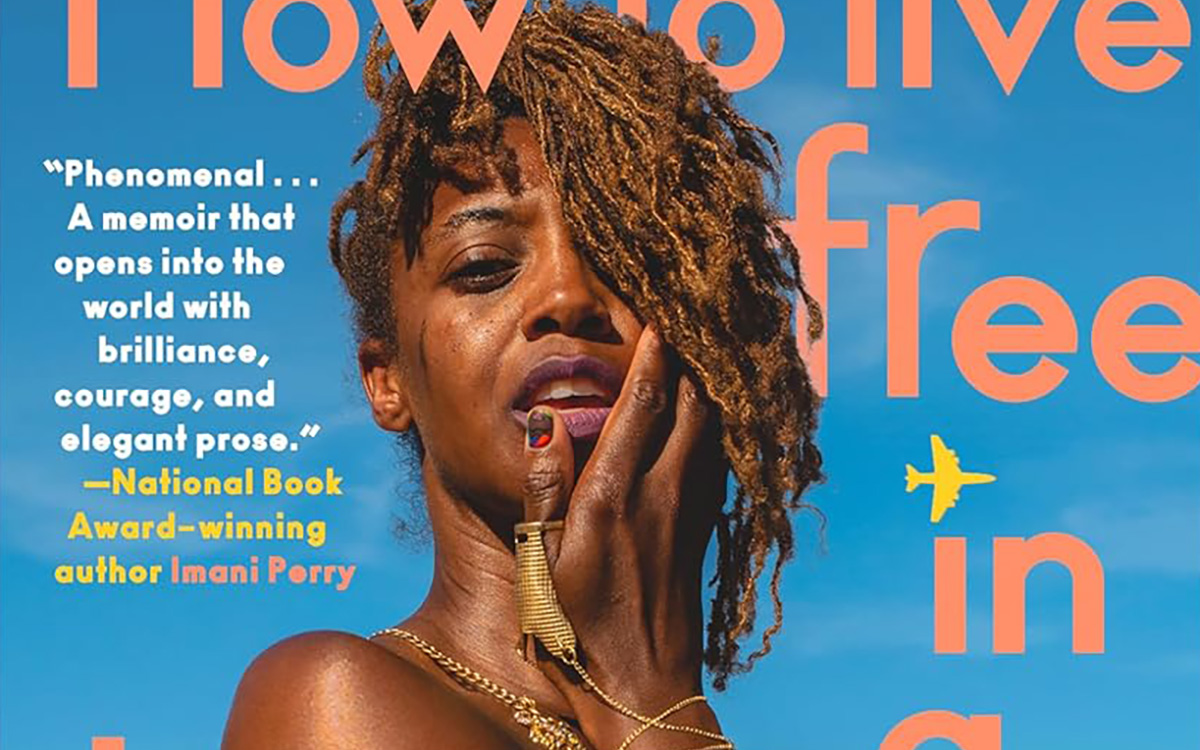
‘How to Live Free in a Dangerous World: A Decolonial Memoir’
By Shayla Lawson
c.2024, Tiny Reparations Books
$29/320 pages
Do you really need three pairs of shoes?
The answer is probably yes: you can’t dance in hikers, you can’t shop in stilettos, you can’t hike in clogs. So what else do you overpack on this long-awaited trip? Extra shorts, extra tees, you can’t have enough things to wear. And in the new book “How to Live Free in a Dangerous World” by Shayla Lawson, you’ll need to bring your curiosity.

Minneapolis has always been one of their favorite cities, perhaps because Shayla Lawson was at one of Prince’s first concerts. They weren’t born yet; they were there in their mother’s womb and it was the first of many concerts.
In all their travels, Lawson has noticed that “being a Black American” has its benefits. People in other countries seem to hold Black Americans in higher esteem than do people in America. Still, there’s racism – for instance, their husband’s family celebrates Christmas in blackface.
Yes, Lawson was married to a Dutch man they met in Harlem. “Not Haarlem,” Lawson is quick to point out, and after the wedding, they became a housewife, learned the language of their husband, and fell in love with his grandmother. Alas, he cheated on them and the marriage didn’t last. He gave them a dog, which loved them more than the man ever did.
They’ve been to Spain, and saw a tagline in which a dark-skinned Earth Mother was created. Said Lawson, “I find it ironic, to be ordained a deity when it’s been a … journey to be treated like a person.”
They’ve fallen in love with “middle-American drag: it’s the glitteriest because our mothers are the prettiest.” They changed their pronouns after a struggle “to define my identity,” pointing out that in many languages, pronouns are “genderless.” They looked upon Frida Kahlo in Mexico, and thought about their own disability. And they wish you a good trip, wherever you’re going.
“No matter where you are,” says Lawson, “may you always be certain who you are. And when you are, get everything you deserve.”
Crack open the front cover of “How to Live Free in a Dangerous World” and you might wonder what the heck you just got yourself into. The first chapter is artsy, painted with watercolors, and difficult to peg. Stick around, though. It gets better.
Past that opening, author Shayna Lawson takes readers on a not-so-little trip, both world-wide and with observant eyes – although it seems, at times, that the former is secondary to that which Lawson sees. Readers won’t mind that so much; the observations on race, beauty, love, the attitudes of others toward America, and finding one’s best life are really what takes the wheel in this memoir anyhow. Reading this book, therefore, is not so much a vacation as it is a journey of discovery and joy.
Just be willing to keep reading, that’s all you need to know to get the most out of this book. Stick around and “How to Live Free in a Dangerous World” is what to pack.
The Blade may receive commissions from qualifying purchases made via this post.
Books
Story of paralysis and survival features queer characters
‘Unswerving: A Novel’ opens your eyes and makes you think
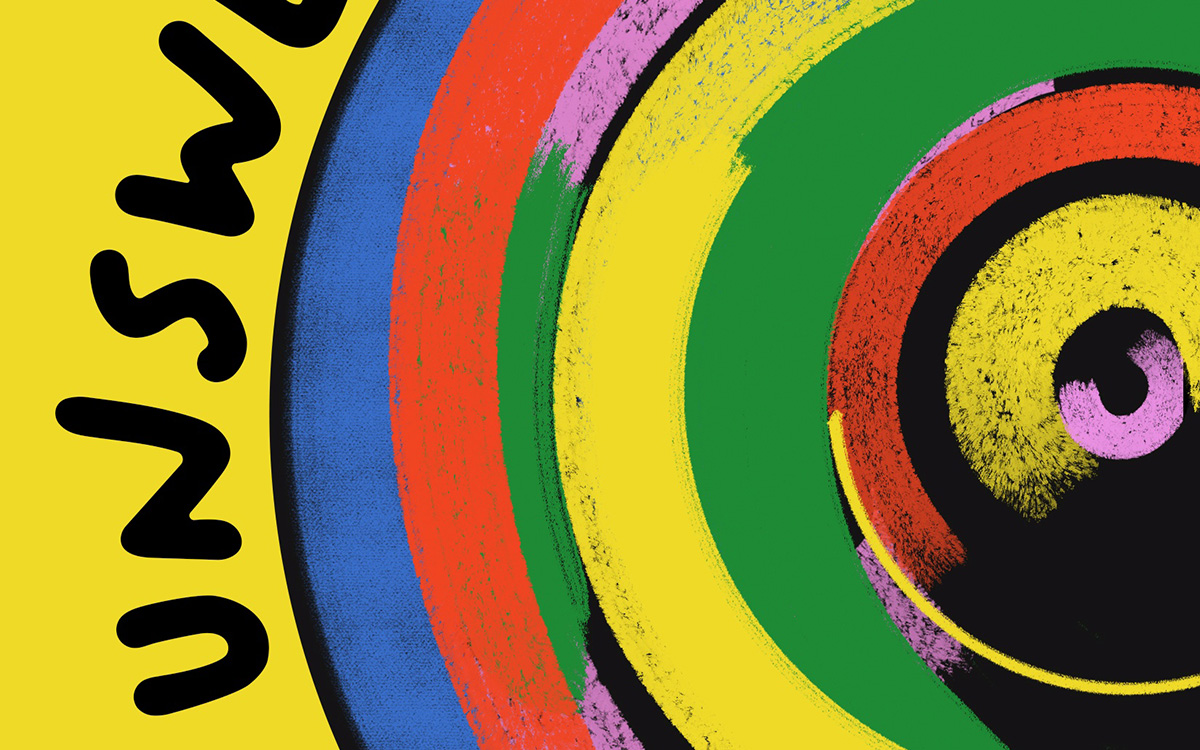
‘Unswerving: A Novel’
By Barbara Ridley
c.2024, University of Wisconsin Press
$19.95 / 227 pages
It happened in a heartbeat.
A split-second, a half a breath, that’s all it took. It was so quick, so sharp-edged that you can almost draw a line between before and after, between then and now. Will anything ever be the same again? Perhaps, but maybe not. As in the new book “Unswerving” by Barbara Ridley, things change, and so might you.

She could remember lines, hypnotizing yellow ones spaced on a road, and her partner, Les, asleep in the seat beside her. It was all so hazy. Everything Tave Greenwich could recall before she woke up in a hospital bed felt like a dream.
It was as though she’d lost a month of her life.
“Life,” if you even wanted to call it that, which she didn’t. Tave’s hands resembled claws bent at the wrist. Before the accident, she was a talented softball catcher but now she could barely get her arms to raise above her shoulders. She could hear her stomach gurgle, but she couldn’t feel it. Paralyzed from the chest down, Tave had to have help with even the most basic care.
She was told that she could learn some skills again, if she worked hard. She was told that she’d leave rehab some day soon. What nobody told her was how Les, Leslie, her partner, girlfriend, love, was doing after the accident.
Physical therapist Beth Farringdon was reminded time and again not to get over-involved with her patients, but she saw something in Tave that she couldn’t ignore. Beth was on the board of directors of a group that sponsored sporting events for disabled athletes; she knew people who could serve as role models for Tave, and she knew that all this could ease Tave’s adjustment into her new life. It was probably not entirely in her job description, but Beth couldn’t stop thinking of ways to help Tave who, at 23, was practically a baby.
She could, for instance, take Tave on outings or help find Les – even though it made Beth’s own girlfriend, Katy, jealous.
So, here’s a little something to know before you start reading “Unswerving”: author Barbara Ridley is a former nurse-practitioner who used to care for patients with spinal cord injuries. That should give readers a comfortable sense of satisfaction, knowing that her experiences give this novel an authenticity that feels right and rings true, no faking.
But that’s not the only appeal of this book: while there are a few minor things that might have readers shaking their heads (HIPAA, anyone?), Ridley’s characters are mostly lifelike and mostly likable. Even the nasties are well done and the mysterious character that’s there-not-there boosts the appeal. Put everyone together, twist a little bit to the left, give them some plotlines that can’t ruined by early guessing, and you’ve got a quick-read novel that you can enjoy and feel good about sharing.
And share you will because this is a book that may also open a few eyes and make readers think. Start “Unswerving” and you’ll (heart) it.
The Blade may receive commissions from qualifying purchases made via this post.
Books
Examining importance of queer places in history of arts and culture
‘Nothing Ever Just Disappears’ shines with grace and lyrical prose
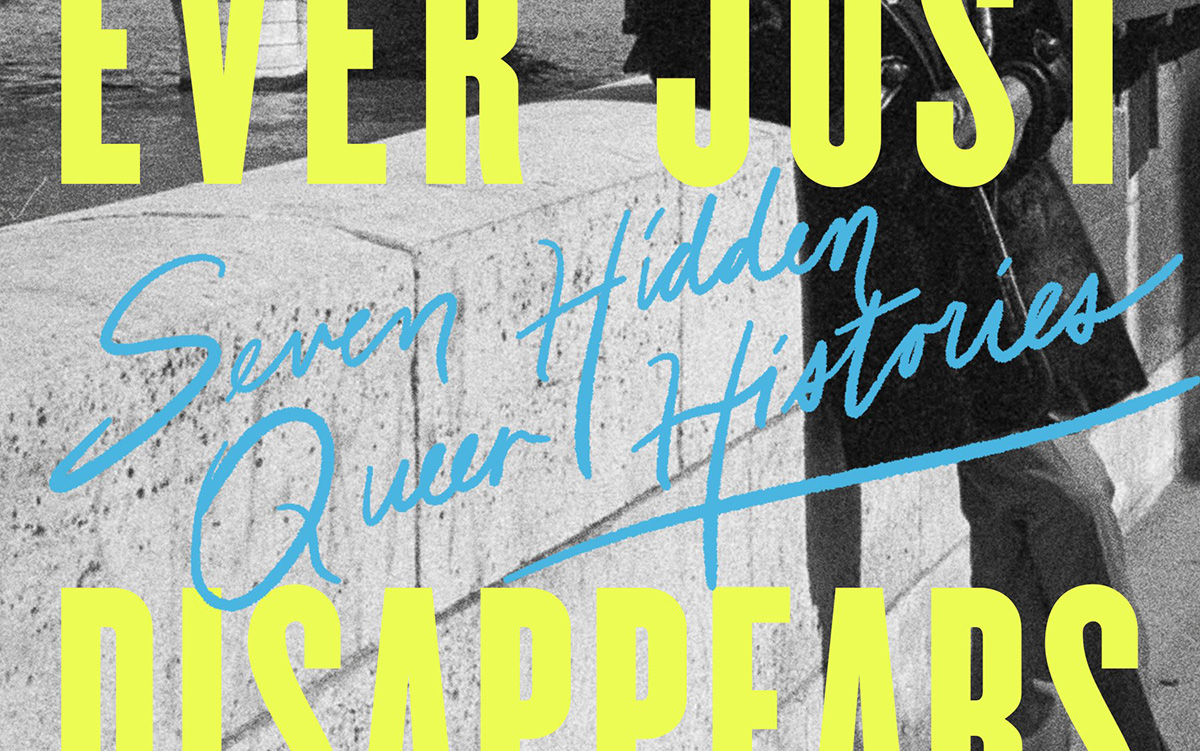
‘Nothing Ever Just Disappears: Seven Hidden Queer Histories’
By Diarmuid Hester
c.2024, Pegasus Books
$29.95/358 pages
Go to your spot.
Where that is comes to mind immediately: a palatial home with soaring windows, or a humble cabin in a glen, a ramshackle treehouse, a window seat, a coffeehouse table, or just a bed with a special blanket. It’s the place where your mind unspools and creativity surges, where you relax, process, and think. It’s the spot where, as in the new book “Nothing Ever Just Disappears” by Diarmuid Hester, you belong.

Clinging “to a spit of land on the south-east coast of England” is Prospect Cottage, where artist and filmmaker Derek Jarman lived until he died of AIDS in 1994. It’s a simple four-room place, but it was important to him. Not long ago, Hester visited Prospect Cottage to “examine the importance of queer places in the history of arts and culture.”
So many “queer spaces” are disappearing. Still, we can talk about those that aren’t.
In his classic book, “Maurice,” writer E.M. Forster imagined the lives of two men who loved one another but could never be together, and their romantic meeting near a second-floor window. The novel, when finished, “proved too radical even for Forster himself.” He didn’t “allow” its publication until after he was dead.
“Patriarchal power,” says Hester, largely controlled who was able to occupy certain spots in London at the turn of the last century. Still, “queer suffragettes” there managed to leave their mark: women like Vera Holme, chauffeur to suffragette leader Emmeline Pankhurst; writer Virginia Woolf; newspaperwoman Edith Craig, and others who “made enormous contributions to the cause.”
Josephine Baker grew up in poverty, learning to dance to keep warm, but she had Paris, the city that “made her into a star.” Artist and “transgender icon” Claude Cahun loved Jersey, the place where she worked to “show just how much gender is masquerade.” Writer James Baldwin felt most at home in a small town in France. B-filmmaker Jack Smith embraced New York – and vice versa. And on a personal journey, Hester mourns his friend, artist Kevin Killian, who lived and died in his beloved San Francisco.
Juxtaposing place and person, “Nothing Ever Just Disappears” features an interesting way of presenting the idea that both are intertwined deeper than it may seem at first glance. The point is made with grace and lyrical prose, in a storyteller’s manner that offers back story and history as author Diarmuid Hester bemoans the loss of “queer spaces.” This is really a lovely, meaningful book – though readers may argue the points made as they pass through the places included here. Landscapes change with history all the time; don’t modern “queer spaces” count?
That’s a fair question to ask, one that could bring these “hidden” histories full-circle: We often preserve important monuments from history. In memorializing the actions of the queer artists who’ve worked for the future, the places that inspired them are worth enshrining, too.
Reading this book may be the most relaxing, soothing thing you’ll do this month. Try “Nothing Ever Just Disappears” because it really hits the spot.
The Blade may receive commissions from qualifying purchases made via this post.

